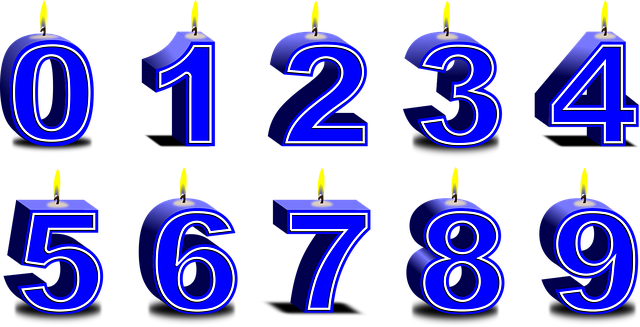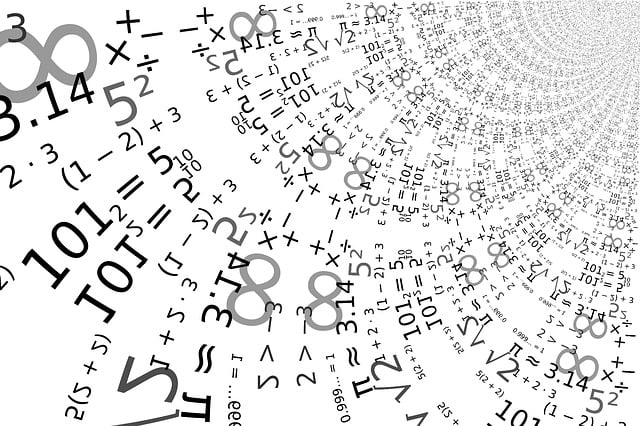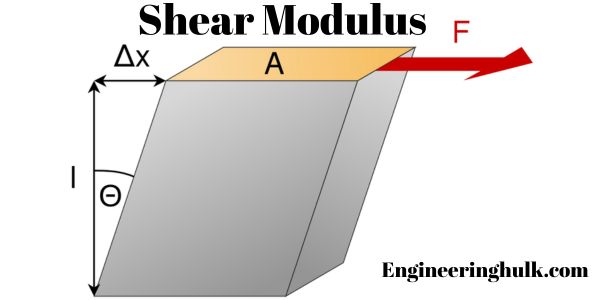Table of Contents
If you’ve ever taken a math class, chances are you’ve heard of prime numbers. These are numbers that can only be divided evenly by 1 and themselves, such as 2, 3, 5, 7, 11, and so on. But have you ever heard of co-prime numbers? Co-prime numbers, also known as relatively prime numbers, are a special type of number that has a unique relationship with prime numbers.
What Are Co-Prime Numbers?
Co-prime numbers are two numbers that do not share any common factors other than 1. In other words, if you take two co-prime numbers and factor them into their prime factors, you will find that they do not have any prime factors in common. For example, 4 and 9 are not co-prime, since they both have 2 and 3 as factors. However, 4 and 7 are co-prime, since they do not share any common factors other than 1.
Why Do Co-Prime Numbers Matter?
Co-prime numbers have several important applications in mathematics and beyond. One of the most common uses of co-prime numbers is in cryptography, where they are used to generate secure keys for encryption and decryption. By choosing two large co-prime numbers and using them as the basis for a cryptographic key, it becomes extremely difficult for anyone to crack the code and access the information being transmitted.
Co-prime numbers also play an important role in number theory, the branch of mathematics that studies the properties of numbers. Many famous number theory problems involve co-prime numbers, such as the twin prime conjecture, which states that there are infinitely many pairs of primes that differ by 2. The study of co-prime numbers has also led to important discoveries in other areas of mathematics, such as algebra and geometry.

How to Find Co-Prime Numbers
Finding co-prime numbers is relatively easy, especially if you already know how to factor numbers into their prime factors. To find two co-prime numbers, simply choose two numbers that do not share any prime factors. For example, 6 and 35 are co-prime, since 6 factors into 2 x 3 and 35 factors into 5 x 7, and these two sets of prime factors do not have any elements in common.
Co-prime numbers are a fascinating and important topic in mathematics, with applications in cryptography, number theory, and other areas. By understanding the unique relationship between co-prime numbers and prime numbers, you can gain a deeper appreciation for the beauty and complexity of mathematics.
What are co-prime numbers with examples?
Co-prime numbers are two positive integers with no common factors other than 1. In other words, the greatest common divisor (GCD) of the two numbers is 1.
Examples of co-prime numbers are:
9 and 16 – The factors of 9 are 1, 3, and 9, while the factors of 16 are 1, 2, 4, 8, and 16. The only factor that 9 and 16 have in common is 1, so they are co-prime.
7 and 15 – The factors of 7 are 1 and 7, while the factors of 15 are 1, 3, 5, and 15. The only factor that 7 and 15 have in common is 1, so they are co-prime.
20 and 21 – The factors of 20 are 1, 2, 4, 5, 10, and 20, while the factors of 21 are 1, 3, 7, and 21. The only factor that 20 and 21 have in common is 1, so they are co-prime.
12 and 25 – The factors of 12 are 1, 2, 3, 4, 6, and 12, while the factors of 25 are 1, 5, and 25. The only factor that 12 and 25 have in common is 1, so they are co-prime.
Note that every prime number is co-prime to all other numbers except for its multiples. For example, 5 and 11 are co-prime because they are both prime numbers, and they have no common factors other than 1.
What are Coprime numbers 1 to 100?
Coprime numbers are numbers that do not have any common factors other than 1. In other words, their greatest common divisor (GCD) is 1. To find coprime numbers from 1 to 100, we can check the GCD of each pair of numbers.
Here is a list of all the coprime numbers from 1 to 100:
(1, 2), (1, 3), (1, 4), (1, 5), (1, 6), (1, 7), (1, 8), (1, 9), (1, 10), (1, 11), (1, 12), (1, 13), (1, 14), (1, 15), (1, 16), (1, 17), (1, 18), (1, 19), (1, 20), (1, 21), (1, 22), (1, 23), (1, 24), (1, 25), (1, 26), (1, 27), (1, 28), (1, 29), (1, 30), (1, 31), (1, 32), (1, 33), (1, 34), (1, 35), (1, 36), (1, 37), (1, 38), (1, 39), (1, 40), (1, 41), (1, 42), (1, 43), (1, 44), (1, 45), (1, 46), (1, 47), (1, 48), (1, 49), (1, 50), (1, 51), (1, 52), (1, 53), (1, 54), (1, 55), (1, 56), (1, 57), (1, 58), (1, 59), (1, 60), (1, 61), (1, 62), (1, 63), (1, 64), (1, 65), (1, 66), (1, 67), (1, 68), (1, 69), (1, 70), (1, 71), (1, 72), (1, 73), (1, 74), (1, 75), (1, 76), (1, 77), (1, 78), (1, 79), (1, 80), (1, 81), (1, 82), (1, 83), (1, 84), (1, 85), (1, 86), (1, 87), (1, 88), (1, 89), (1, 90), (1, 91), (1, 92), (1, 93), (1, 94), (1, 95), (1, 96), (1, 97), (1, 98), (1, 99), (1, 100)
As you can see, every number from 1 to 100 is coprime with 1, but there are many pairs of numbers that are not coprime, such as (2, 4), (3, 9), (4, 8), (5, 10), and so on.
Is 18 and 35 a Coprime number?
To determine whether 18 and 35 are coprime, we need to find the greatest common divisor (GCD) of the two numbers. If the GCD of two numbers is 1, then they are coprime, otherwise, they are not coprime.
To find the GCD of 18 and 35, we can use the Euclidean algorithm.
Step 1: Divide 35 by 18 to get the quotient 1 and the remainder 17.
Step 2: Divide 18 by 17 to get the quotient 1 and the remainder 1.
Step 3: Divide 17 by 1 to get the quotient 17 and the remainder 0.
Since the remainder is 0, we stop the algorithm, and the last non-zero remainder is the GCD of 18 and 35, which is 1.
Therefore, 18 and 35 are coprime numbers.
Is 18 and 24 a Coprime number?
No, 18 and 24 are not coprime numbers because they share a common factor other than 1. The factors of 18 are 1, 2, 3, 6, 9, and 18, while the factors of 24 are 1, 2, 3, 4, 6, 8, 12, and 24. Thus, 18 and 24 have the common factors 1, 2, 3, and 6, making them not coprime.
What is the Coprime of 24?
The factors of 24 are 1, 2, 3, 4, 6, 8, 12, and 24.
The numbers that are co-prime to 24 are those that have no factors in common with 24 other than 1, which are 1, 5, 7, 11, 13, 17, 19, and 23.
Therefore, the co-prime of 24 are 1, 5, 7, 11, 13, 17, 19, and 23.
Is 1 and 0 a Coprime?
No, 1 and 0 are not considered coprime.
In mathematics, two numbers are considered coprime if their greatest common divisor (GCD) is equal to 1. However, the greatest common divisor of 1 and 0 is not well-defined. This is because any number can be multiplied by 0 to give 0, so 0 is a factor of every number, including 1. Therefore, 1 and 0 do not have a greatest common divisor, and as such, they are not considered coprime.
Is 5 a Coprime with 1?
Yes, 5 is coprime with 1.
Coprime, also known as relatively prime, means that two numbers have no common factors other than 1. In this case, 5 only has factors of 1 and 5, and 1 only has a factor of 1. Therefore, 5 and 1 have no common factors other than 1, and are coprime.
What is the co-prime of 37?
Two integers are said to be co-prime if their greatest common divisor (GCD) is 1. To find the co-prime of 37, we need to find all the positive integers that have a GCD of 1 with 37.
Since 37 is a prime number, the only positive integers that can be co-prime with 37 are the positive integers that are not multiples of 37 (except for 1). Therefore, the co-prime of 37 are all the positive integers that do not have any common factors with 37 except for 1. These numbers are:
1, 2, 3, 4, 5, 6, 7, 8, 9, 10, 11, 12, 13, 14, 15, 16, 17, 18, 19, 20, 21, 22, 23, 24, 25, 26, 27, 28, 29, 30, 31, 32, 33, 34, 35, 36, 38, 39, 40, 41, 42, 43, 44, 45, 46, 47, 48, 49, 50, …
Note that we have excluded 37 from the list, as it is not co-prime with itself.
Is 36 and 39 a Coprime?
No, 36 and 39 are not coprime.
To determine if two numbers are coprime, we need to check if they have any common factors other than 1.
The factors of 36 are 1, 2, 3, 4, 6, 9, 12, 18, and 36.
The factors of 39 are 1, 3, 13, and 39.
As we can see, 1 is a common factor of both 36 and 39, but they also have a common factor of 3. Therefore, 36 and 39 are not coprime.
Also, read Prime number program in c++































